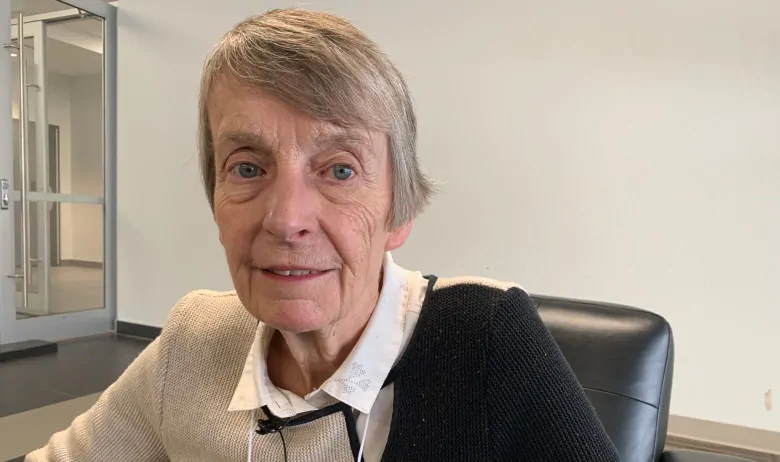Crisis on the front lines: Researcher's study of Fort McMurray firefighters repurposed for COVID-19

A University of Alberta researcher wants to hear from thousands of Alberta doctors, in hopes of learning what they’re going through during the COVID-19 pandemic and what kind of improvements are needed to deal with future epidemics.
Led by Nicola Cherry, an occupational epidemiologist and professor of medicine, the study is modelled after a similar rapid-response survey from 2016 that talked to firefighters during the Fort McMurray wildfire.
The two studies have many similarities, including key research angles: the relationship between personal protective equipment and physical health (such as infections and respiratory troubles), as well as the long-term mental health impact of the crisis.
“Different agents — one is smoke, one is infection — but there are strong similarities,” Cherry said Tuesday.
Cherry hopes to involve 8,000 participants in the 18-month COVID-19 study, which has already received about 500 responses. The study is targeting three distinct groups of doctors, all of whom will be at risk from working with COVID-19 patients at the height of the crisis:
- hospital physicians, like internists, respiratory specialists, critical care doctors and anesthesiologists;
- emergency room physicians and people doing outpatient clinics and ambulatory care
- family doctors and geriatricians who hold walk-in clinics or who work in long-term care homes
Efforts are also underway to expand the study to include Alberta nurses, she told CBC News.
Long hours in early days of each crisis
The 2016 study surfaced many key concerns from firefighters, including access to appropriate protective gear, clean clothes and daily showers to keep dangerous hydrocarbons from absorbing into their skins.
Cherry said the completed surveys from doctors so far flag long hours of work, another parallel to the firefighter surveys.
Fort McMurray firefighters worked “impossible hours under very stressful conditions … where their own homes were being burned in the background while they were going on and fighting the fires,” she said.
“If the [coronavirus] epidemic does really get bad at its peak, the level of stress in the two populations will certainly be very similar.”
Access to, and use of, personal protective equipment is a key element of the COVID-19 study.
“Can we identify features of work which are associated with a higher risk of infection? Does the provision or absence of appropriate PPE change that risk?” she said.
“Alberta has a high rate of PPE, at least in the hospitals. So it will be very interesting to see how successful that is in preventing infections.”
The COVID-19 study will be done in three phases, she said, starting with a baseline questionnaire that will cover the period from March 6, when the first Alberta case was diagnosed.
The next surveys will be done after the peak, expected to be in late May or early June. Around that time, participants will be tested for antibodies to see if they have been infected, she said.
“Finally, in the summer of 2021, we’re going to follow up again to see if they’ve got ongoing issues with either respiratory health or mental health,” she said.
Preliminary report in September
Questions will include whether doctors have been in contact with patients with COVID-19, whether they’ve been forced to shelter at home because of exposure, what has caused them stress, what they’re proud of and ongoing health issues related to their work during the pandemic.
Cherry expects a preliminary report on the first two phases of the study to be released in September.
“We were in the field within four weeks of the first case. Nobody else has done that in North America,” she said about the doctors.
“But that was really just because we had the experience with the Fort McMurray fire and we knew what we had to get done and get done quickly.”



